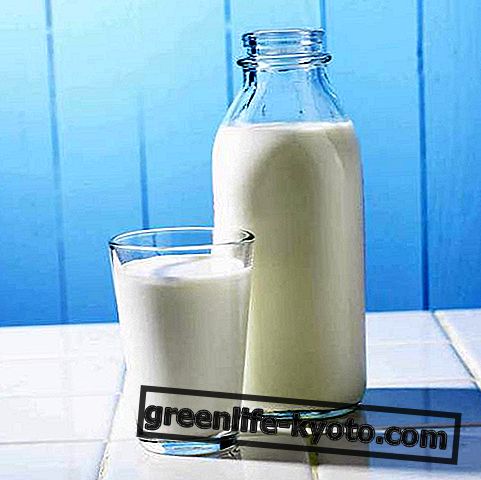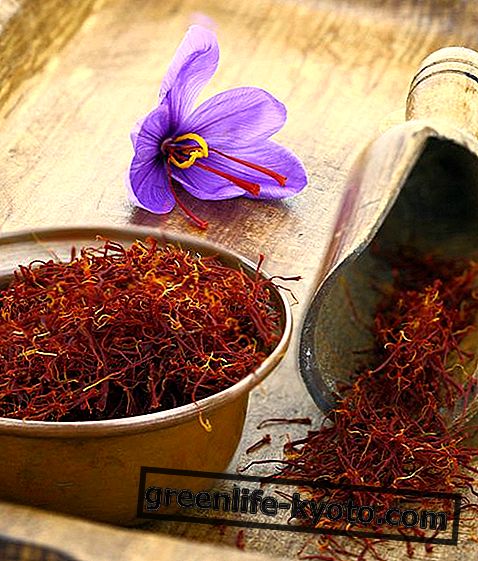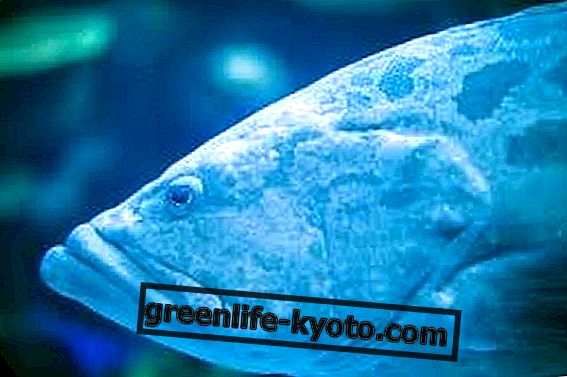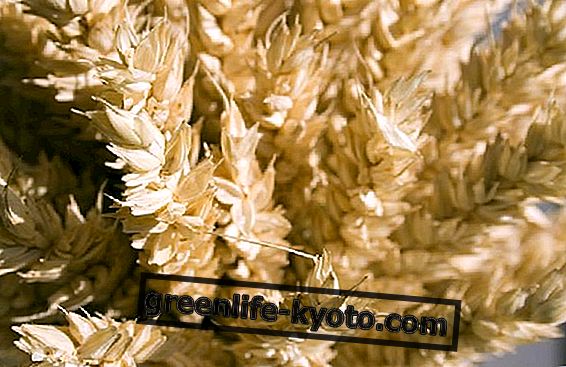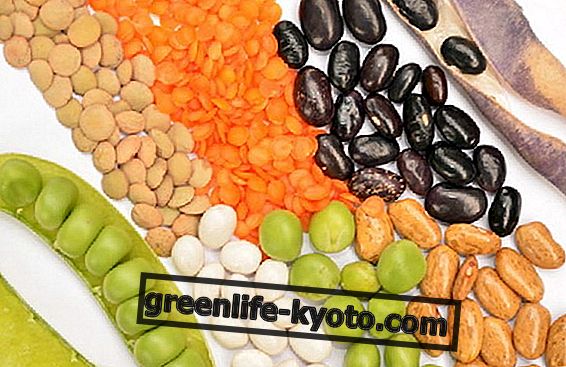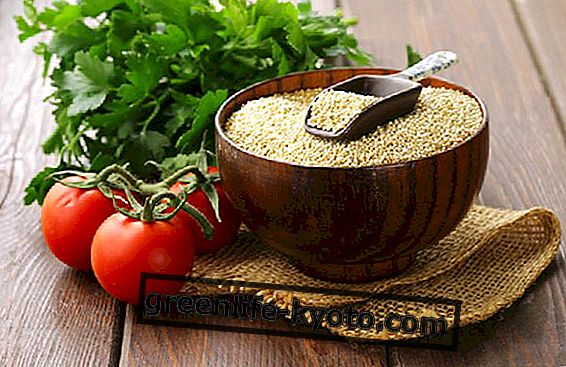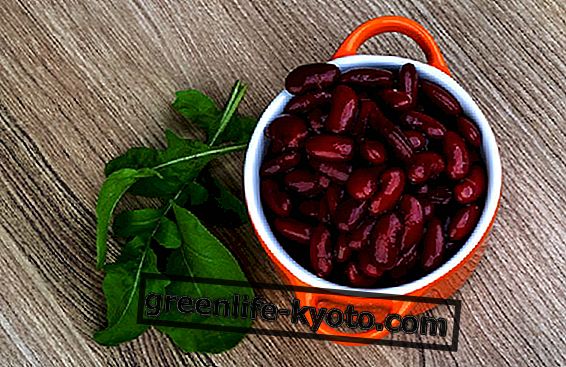
Azuki beans are legumes rich in iron, as well as other minerals, proteins and vitamins and represent an excellent food for everyone and in particular for those who follow a diet without food of animal origin .
Iron is an essential mineral for the health of our body and a vegetarian or vegan diet can expose you to the risk of iron deficiency. In this article we will discover not only how much iron is present in azuki beans, but also how much iron we can absorb from food and how to increase its bioavailability.
Azuki beans and iron content
The azuki beans are the Vigna angularis seeds, an annual plant belonging to the legumes and widespread in Asian countries, where these beans are commonly grown and consumed.
Azuki beans are small, generally red or brown beans, characterized by a sweet taste that is well suited for the preparation of sweet recipes, in particular creams and ice creams.
Regarding the nutritional profile, 100 g of azuki beans provide about 270 kcal that come mainly from carbohydrates (about 50 g) and proteins (about 20 g).
Azuki beans also contain dietary fiber, important for the well-being of the intestine, and represent a good source of vitamins and minerals.
In fact, azuki beans contain good amounts of vitamin A, C, E as well as group B vitamins and are an appreciable source of calcium, magnesium, potassium, phosphorus, zinc and iron: the amount of iron present in 100 g of azuki beans is about 5 mg, about twice as much as other legumes and more than twice as much as fish, different meats and eggs.
Azuki beans are therefore an iron mine, but how much of this iron can be absorbed by our body? Let's find out in the next paragraph.
Iron: functions, requirements and absorption
Iron is an essential mineral for our body because it is used for the production of hemoglobin, myoglobin, but also for the production of some enzymes essential for cellular respiration.
Most of the iron present in our body is emic iron, that is linked to hemoglobin, the protein that carries oxygen in the red blood cells ; a smaller amount of iron is present in our body linked to myoglobin in the muscles and in a free form as a deposit.
According to LARN data, the daily iron requirement ranges from 7 mg in infants and children, to 10-12 mg in adult males to 18 mg in adult women; pregnant women, on the other hand, have a very high iron requirement.
Iron deficiency causes anemia and can cause thyroid disorders and may depend on insufficient dietary intake, reduced intestinal absorption and blood loss. A balanced and generally varied diet is sufficient to guarantee an adequate intake of iron and supplementation is only provided during pregnancy.
The subjects most at risk of developing an iron deficiency are premature babies and infants, women during the menstrual cycle, vegetarians and vegans and people who abuse alcoholic beverages.
Iron is a mineral found in foods of both animal and vegetable origin. In foods of animal origin such as fish and meat, iron is present as heme iron and in this form is more easily and effectively absorbed at the level of the duodenum.
The iron present in vegetables is in an inorganic form and we find it in legumes, dried fruits and green vegetables : inorganic iron is less bioavailable than haem iron found in foods of animal origin and is absorbed as ferrous iron. In any case, the iron taken through the diet is absorbed for about 5-10%.
To increase iron absorption, it is useful to combine foods rich in vitamin C with foods that contain iron. Therefore, to increase the bioavailability of this mineral it is advisable to combine the consumption of azuki beans with a generous portion of raw vegetables rich in vitamin C, such as peppers and lettuce, or to consume a portion of fruit including blackcurrant, kiwi, strawberry or orange.
The absorption of iron is reduced in the presence of phytates, polyphenols and oxalates contained in vegetables, from the intake of coffee and tea and from a high gastric pH; there are also known interactions between iron absorption and the administration of some drugs, such as antacids and anti-inflammatories that inhibit cyclooxygenase 1.
